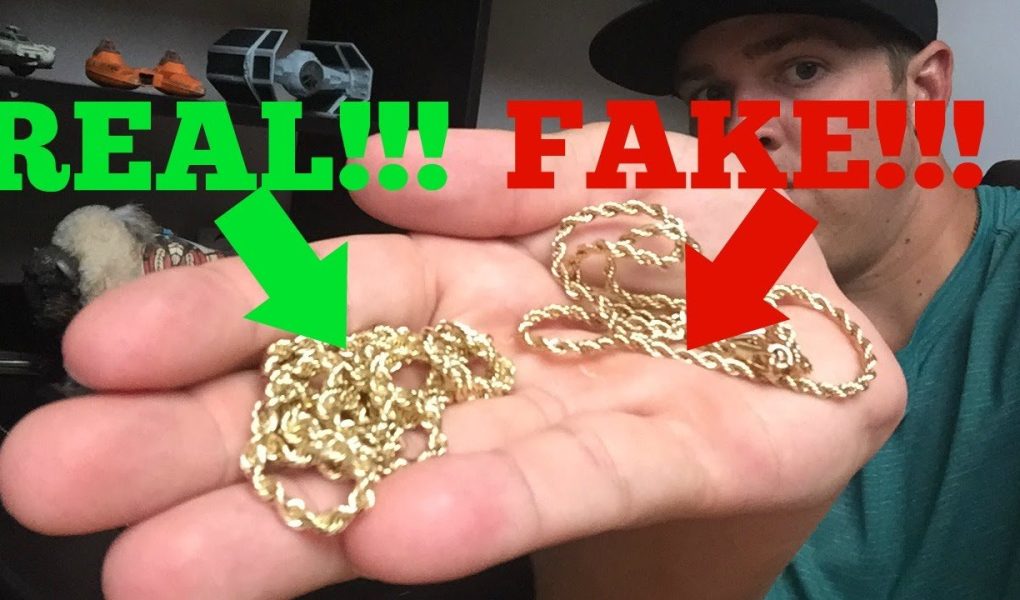Fake gold is typically made of a base metal alloyed with other materials to mimic the appearance of real gold. These imitations can be convincing to the untrained eye, leading many to unwittingly purchase fake jewelry or coins. Understanding what fake gold is made of is crucial for consumers to avoid being deceived. Let’s delve deeper into the world of counterfeit gold and learn how to differentiate between the real deal and clever imitations.
What is Fake Gold Made of
Welcome, young treasure hunters! Have you ever wondered about the shiny gold jewelry and coins you see? Gold has been a precious metal for centuries, inspiring adventures and dreams of hidden treasure. But did you know that not all gold is real? Sometimes, what appears to be gold is actually fake. In this exciting journey, we will explore the world of fake gold and uncover the secrets of what it’s made of.
The Allure of Gold
Gold has a magical allure that captures our imagination. Its radiant shine and beautiful color make it one of the most sought-after metals in the world. Gold has been used for making jewelry, coins, and decorations throughout history. People have treasured gold for its value, beauty, and rarity.
Real vs. Fake Gold
Real gold is a precious metal that is found in nature. It is highly valued for its purity and durability. However, there are also fake gold materials that mimic the appearance of real gold but are not made of the precious metal. These fake materials are used to create jewelry, coins, and other items that look like gold but are much less valuable.
Types of Fake Gold
There are several types of fake gold materials that are commonly used to imitate the appearance of real gold. Some of the most common materials include:
1. Gold Plating
Gold plating is a process where a thin layer of real gold is applied to the surface of another metal, such as copper or silver. The result is an item that looks like gold but is not made entirely of the precious metal. Gold-plated items are less valuable than solid gold items and can wear off over time, revealing the base metal underneath.
2. Gold-Filled
Gold-filled items are made by bonding a thick layer of real gold to a base metal core. This process creates a more durable and long-lasting material than gold plating. Gold-filled items contain a higher percentage of real gold than gold-plated items but are still not solid gold.
3. Gold Vermeil
Gold vermeil is a type of fake gold material where a thick layer of gold is bonded to sterling silver. This creates a luxurious-looking material that is more affordable than solid gold. Gold vermeil is often used in high-end jewelry and accessories.
Other Fake Gold Materials
In addition to gold plating, gold-filled, and gold vermeil, there are other fake gold materials that are used to imitate the appearance of real gold. These materials may include brass, bronze, or other alloys that are gold or yellow in color. While these materials may look like gold, they do not have the same value or properties as real gold.
Testing for Fake Gold
Now that you know about the different types of fake gold materials, how can you tell if a piece of gold is real or fake? There are several simple tests you can do to determine if gold is authentic:
1. Magnet Test
Real gold is not magnetic, so if a piece of gold is attracted to a magnet, it is likely fake. Use a magnet to see if the item you are testing is magnetic, which could indicate that it is made of a base metal and not real gold.
2. Acid Test
The acid test is a common method used to test the purity of gold. By applying a small amount of acid to the item in question, you can determine if it is real gold based on the reaction. Real gold will not react to the acid, while fake gold materials may change color or corrode.
3. Density Test
Gold is a dense metal, so you can test its density by comparing its weight to its volume. A piece of gold that is lighter than expected for its size may be fake, as real gold is heavier due to its high density.
Congratulations, young treasure hunters! You have embarked on a thrilling adventure through the world of fake gold and learned all about what it’s made of. Remember, while fake gold may look like the real deal, it lacks the intrinsic value and properties of genuine gold. Keep exploring and seeking the true treasures that glitter with authenticity and beauty!
Happy hunting!
HOW TO SPOT FAKE GOLD?
Frequently Asked Questions
What materials are commonly used to make fake gold?
Fake gold, also known as gold-plated or gold-filled items, is typically made by combining a base metal such as copper or nickel with a thin layer of gold. Sometimes, other metals like silver or brass can also be used in the manufacturing process.
How can you distinguish fake gold from real gold?
There are several ways to differentiate fake gold from real gold. One common method is to use a magnet – since gold is not magnetic, if the item is attracted to the magnet, it is likely fake. Additionally, you can perform a nitric acid test or seek the expertise of a professional jeweler for a thorough evaluation.
What is gold-filled jewelry and how is it different from fake gold?
Gold-filled jewelry is made by bonding a thick layer of gold to a base metal core. This differs from fake gold, which usually has a much thinner layer of gold coating. Gold-filled jewelry is more valuable than fake gold and is more durable as the gold layer is much thicker and securely bonded to the base metal.
Final Thoughts
In conclusion, fake gold is made of a combination of various metals to mimic the appearance of real gold. Common metals used include copper, brass, and tungsten. These metals are mixed in specific proportions to achieve the desired color and weight of fake gold. Understanding what fake gold is made of is essential for consumers to avoid being deceived by counterfeit products.




